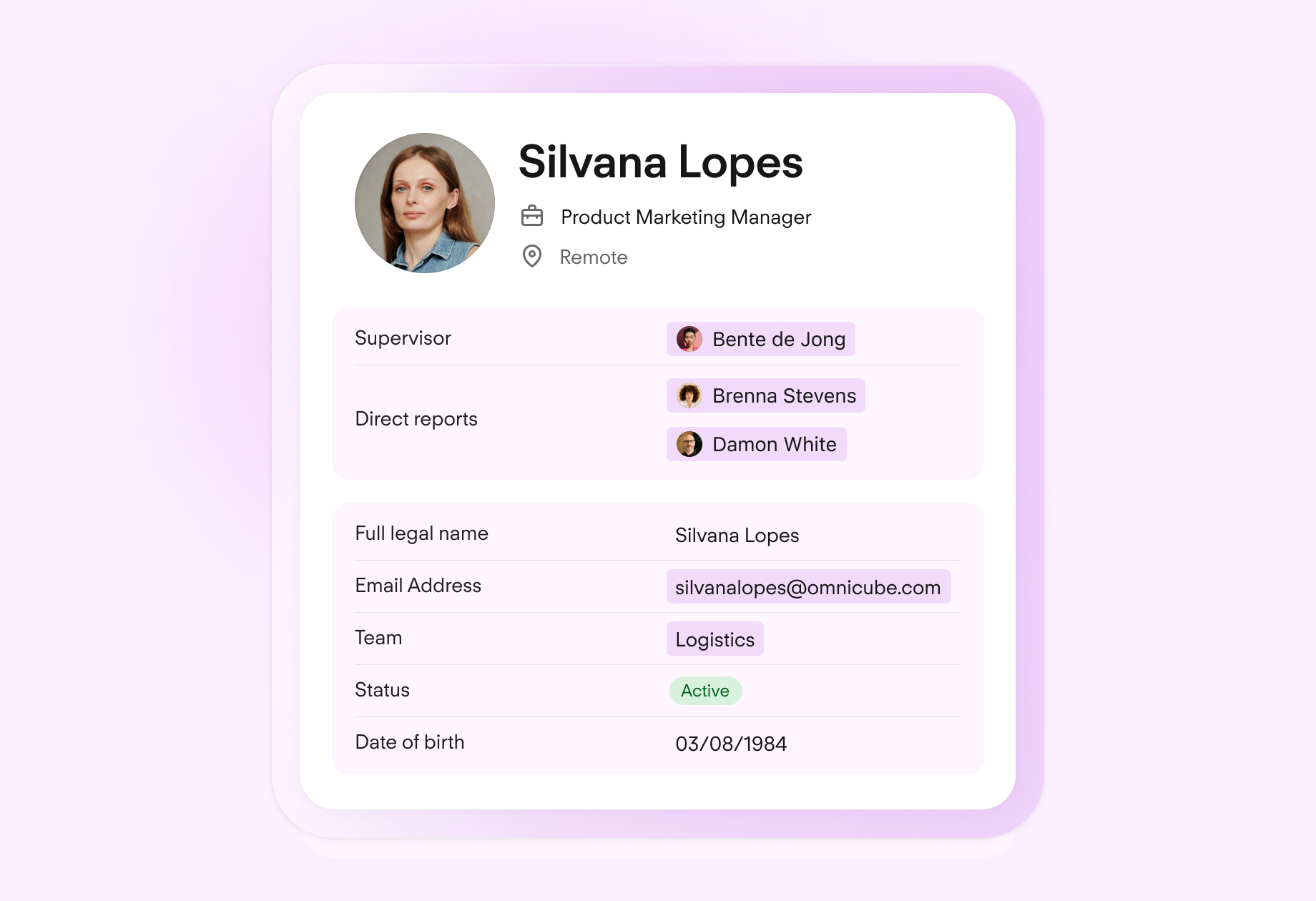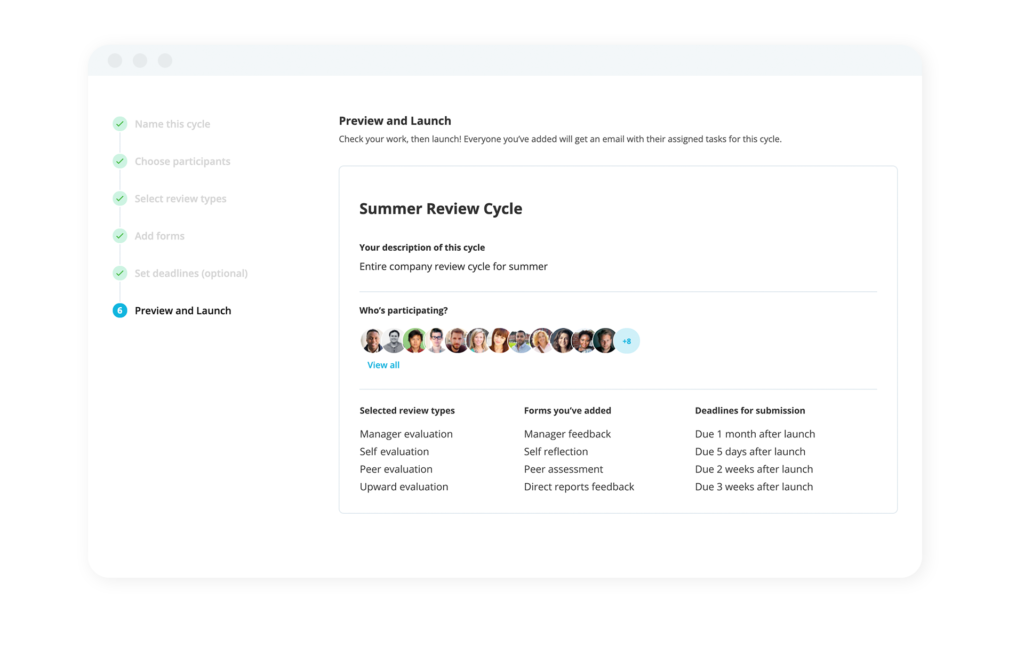
Performance Management Software
Simplify how you deliver your next performance review cycle.
Learn moreMobbing: Why does it happen at work?
Mobbing is a form of workplace bullying that's all too common. It involves group behaviours that can isolate individuals and ruin corporate culture. In this article, we explain mobbing in detail, how to spot it and what to do about it.
Don’t have a people strategy? Don’t worry, download our free guide today.What is mobbing in the workplace?
Mobbing is a form of group bullying. In a workplace setting, it involves systematic behaviour from a group of people towards an individual. The intent is to harm that individual physically or emotionally, until they quit.
It may be difficult to recognise mobbing at first. That's because it mainly tends to take place behind the scenes or is dismissed as teasing or banter. However, that's the most dangerous part of mobbing: its intangibility.
How does mobbing relate to group behaviour?
Mobbing is a subset of group behaviour. More specifically, group bullying.
Group behaviour is the idea that people in a group have a direct influence on one another's behaviour. And that, as part of a group, many will "take on" the behaviours and beliefs of the wider group. This phenomenon is known as group conformity.
Mobbing is a form of group behaviour run amok. For that reason, it's especially dangerous, because groups like these can grow in numbers exponentially. Soon enough, your entire workplace may be mobbing one individual.
Why does mobbing happen?
While it may be difficult to understand exactly why mobbing occurs, there are a few key factors that may contribute. These might include:
Abuses of power: When someone in power abuses their authority, it can create an environment where others feel unsafe. Power dynamics like these can lead to a feeling of unfair targeting and bullying, resulting in mobbing.
Establishing dominance: If a toxic coworker or manager is trying to gain control or influence, they may use mobbing tactics to assert dominance.
Lack of trust: When people don't trust one another, they may unfairly target one another. Feelings of jealously and resentment can play a key role here.
Competition: If one employee feels like they are in direct competition with another, mobbing may occur. Here, mobbing is a form of lashing out to try and "gain the upper hand" between colleagues.
Discrimination: Unfortunately, victims of mobbing are often targeted due to their gender, sexual orientation, age, religion or race.
Centralise your employee data

Stop relying on lists and spreadsheets. Organise and edit personnel files and documents with ease, all in one secure, legally compliant place.
Protect your people filesNegative consequences of mobbing at work
Mobbing at work is never good for business. In fact, it can have far-reaching consequences that can even extend to an organisation's bottom line. Let's talk about the negative consequences of mobbing.
First, it can lead to decreased morale. When people feel harassed or bullied, they don't feel safe or happy in their work. This is just the tip of the iceberg.
Effects on morale can lead to a host of consequences. Things like increased absenteeism, reduced productivity and a hostile work environment.
A hostile or toxic work environment can inevitably lead to higher rates or turnover and attrition. This can then have a significant impact on your employer brand, hiring and scaling your business.
Finally, all of these things are bad for business. Decreased productivity means decreased revenue, missed goals, reduced budgets and potential organisational failures that are hard to come back from.
And, that doesn't take into account the human toll. Victims of mobbing can struggle with depression, anxiety, low self-esteem, PTSD and other forms of long-term mental health troubles and trauma.
Victims of mobbing may also suffer from headaches, fatigue, insomnia and other physical symptoms as a result of prolonged stress and anxiety. All of these things have a detrimental impact on employee wellbeing.
How can you tell if mobbing is happening?
The problem with mobbing is that it is hard to spot and easy to excuse. But, even simple teasing at work should never be condoned if it could seriously hurt someone.
So, as an organisation, how do you tell if mobbing is happening at your workplace? We put together some of the telltale signs for you to take notice...
Pay attention to changes in employee behaviour, especially in group settings. If someone who used to share their ideas has fallen silent, they may be doing so for fear of retaliation or mobbing.
Mobbing doesn't have to include physical violence. Take note if employees display forms of aggression and exclusion. Host a team lunch to see these potential behaviours play out in real time.
Disagreements at work are healthy. But, you may want to note if certain cohorts of team members are clashing more often than usual, or if it feels especially personal.
To create a safe working environment, you need to make sure that mobbing never occurs. Everyone deserves to feel respected at work, so organisations should take proactive steps to encourage positive behaviours.
By encouraging open dialogue between staff and management, any potential problems can be addressed before they escalate into serious issues.
How do you prevent mobbing from happening?
While you may not feel like mobbing would ever happen at your workplace, it's best to take proactive steps. That way, you can identify and solve the problem before it ever begins.
For HR teams and organisations at large, here are some of our best practices to make sure that mobbing never becomes an issue for your teams...
Build clear policies | Putting policies in place that clearly state what warrants acceptable behaviour at work is a good start. Draw a line in the sand, as an organisation, that group bullying is never acceptable. And, guide potential victims on who to contact if they ever face this kind of treatment. |
Provide training | The problem with mobbing is that you may not even know that you're doing it. Provide organisational trainings on group behaviour and group bullying. This way, people from within your organisation can notice when it happens (and put a stop to it). |
Act quickly | If your team feels like mobbing is occurring with anyone at work, don't hesitate. Get to work on bringing together relevant parties, hear from all sides, engage your line managers and make decisions. Don't hesitate. |
Focus on culture | Culture tends to flow from the top down. If you focus on your culture and your employer brand, you can bring in talent that doesn't give into group behaviours like bullying. |
Bake it into reviews | During performance review season, consider how you rate and evaluate collaboration. Mobbing is the antithesis of collaboration, so you should train managers to keep a keen eye out for it. |
By taking steps like these, employers can help their workplaces remain free of bullying, harassment and mobbing.
Host A Better Performance Review Today

Interested in getting the most out of your next performance review? Use these templates to help ensure your processes, and your talent development, are firing on all cylinders.
Download Our TemplateWhat role can HR play in preventing mobbing?
As the first line of defense against bullying and harassment, HR are pivotal. They can create policies, provide trainings and offer guidance to line managers and executives on how mobbing is bad for business.
To do that, they need two things: the time to focus on it and the data to back it up. An HR software like Personio can help make time for what matters, so that your team can create and nurture a great place to work.
Personio can also store all of your important policy documents, run automated performance cycles, keep track of absences and generate reports that turn data into tangible insights.
Speak with an expert today to talk about your workforce, and how Personio can help manage and improve it. Our software can help your teams focus on your most important asset: your people.
